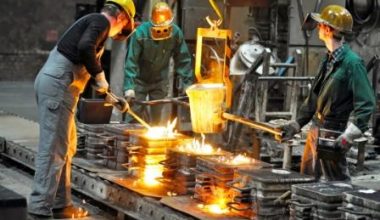The making of a bubble
A bubble is what we call a situation when stock market, or for that matter any asset, has a surprising run up, far exceeding the price arrived at through fundamental valuation. True, markets are futuristic, meaning they price in future earnings, but often, it is difficult to figure out value from pure mathematical calculations alone. Also true is the fact that, when there is too much money chasing too few quality stocks, then such stocks end up fetching even higher premium. These too factors exist in stock markets all the time, which is the reason, why analysts have to keep readjusting their price expectations frequently. In other words, it is indeed the mismatch between value and price that keeps the juggernaut of stock markets rolling.
In this midst, if you introduce a contingency event, like Covid, that alter industry moats significantly across board, the synergy that emerge in due course, is beyond anybody to picture or measure with reasonable accuracy. So, the price estimation process, which is already a “guesstimation” exercise even during normal times, risks becoming exploratory. Let us call out the two actors in this act – The Investor and the Analyst.
The irrational investor
This is interesting, because, humans are supposed to be rational beings! Rational we are, when compared to other species, but in the eyes of the analysts or market observers not invested enough in the money-making game, investors are deemed irrational, and it becomes more obvious in times like these. Certainly, greed plays a significant part. But, to size this up with such a trait innate to mankind is to oversimplify it. Moreover, it is a cliché, to keep making investors feel guilty for all the cracks in the investing world. In my estimation, it depends on how investors weigh two things: 1) inflation expectation, which is always a persistent theme 2) one’s own estimation of how others respond to the first. The first gives motive, and the second, intent. The second aspect can be explained by the Greater Fool Theory or GFT, which can be viewed as a trivialised version of Darwin’s “survival of the fittest” used to explain the survival of some beings in the struggle for life. According to GFT, irrespective of how high the price is, profit can be made as long as you can find a bigger fool to sell to. The musical chair continues perfectly until you witness fewer chairs around and start to fret when the music is going to stop. And this is when the cascading starts downwards. But I am inclined to believe that the reason for the burst that follows is not because of the sudden realisation of mis pricing, but more of a matter of misallocation. So while GFT explains the seemingly never-ending optimism, it doesn’t throw much light into what follows after. Let us see the role of analysts here.
The hopeful analysts
If “mis allocation” is the investor’s burden, “mis pricing” is that of the analyst’s. The gap between market price and estimated value, is a dynamic field, because both parameters keep changing. What remains constant is the expectation of the analysts that these two price points coincide, with time. The mean reversion approach is also very similar, which assumes the market price does not veer too much from its historical averages or stay there for sustained periods. In other words, a stock that is far away from averages has a high probability of falling/rising to such averages.
The intelligent
While these are rational approaches to figure out market behaviour, the collective wisdom of market often reigns supreme and is often not the sum of the individual participants. An approach that is likely to fit both the analyst and the investor is to re check if the circumstances in which the initial entry/recommendation was made, has changed considerably. If it has, one must exit. If an exit cannot be made or is not feasible, then the exit prices that one has in mind, would have to be amended. If you can’t do either, you would just be a fool to hope.
Yet, oftentimes, though not always, when given enough time, posterity sees both the fool and the hopeful as “Intelligent”. In reality, investment is less about how much you want, and more about how soon you want.







